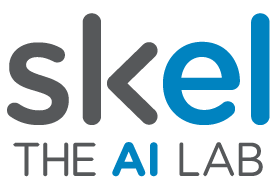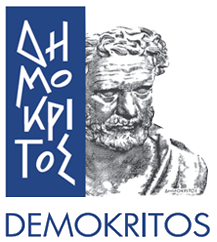HR-CHORRUS
Human-Robot Collaboration: Human Collaborator Representation for Robot Autonomous decisions. SNf Industrial Post-Doc Fellowship. SNf/Singular Logic, 2018-2021.
Human-Robot Collaboration (HRC) technologies promise to promote the quality of life of human workers, increase the productivity of SMEs, enable reshoring of national and European production and meet new market requirements and consumer needs. HR-CHORRUS develops methods and prototypes that enable HRC at shared working spaces without fences. The overall aim is to endorse robots with HRC capabilities that would allow to combine robot repeatability and accuracy with human experience and human advanced cognitive skills.
RADIO
ROBOTS IN ASSISTED LIVING ENVIRONMENTS UNOBTRUSIVE, EFFICIENT, RELIABLE AND MODULAR SOLUTIONS FOR INDEPENDENT AGEING. HORIZON 2020, 2015-2018.
Societal Challenge Demographic and epidemiologic transitions have brought a new health care paradigm with the presence of both, growing elderly population and chronic diseases. Life expectancy is increasing as well as the need for long-term care. Institutional care for the aged population faces economical struggles with low staffing ratios and consequent quality problems.
ICT technologies bring new opportunities for the ageing population in Europe At the same time technical advancements in ICT, including robotics, bring new opportunities for the ageing population of Europe, the healthcare systems, as well as the European companies providing relevant technology and services at the global scale.
RADIO action’s four main dimensions:User acceptance, Integrated and power-aware data collection – transmission – processing, User interfaces and Architecture, will pave the way for wider deployment of technology solutions in active and healthy ageing, for integration of robots and smart home sensors in the Internet of Things and for larger penetration of technology – based solutions. In a wide-area ecosystem of RADIO deployments, different societal needs and health problems will be addressed by different configurations of the key enabling technologies.
RADIO develops an integrated smart home/assistant robot system The consortium is pursuing a novel approach to acceptance and unobtrusiveness: a system where sensing equipment is not discrete but an obvious and accepted part of the user’s daily life. By using the integrated smart home/assistant robot system as the sensing equipment for health monitoring, we divert the users’ attention from the functionality of the sensors rather than from the sensors themselves. In this manner, sensors do not need to be discrete and distant or masked and cumbersome to install; they do however need to be perceived as a natural component of the smart home/assistant robot functionalities.
SYNAISTHISI
Intelligent Networks for Data Collection and Processing for Energy Conservation. NATIONAL, 2013-2015
The purpose of the “SYNAISTHISI” project is to research and build a system that can seamlessly integrate heterogeneous sensor, processing and actuator networks and provide a flexible yet extendable service layer that can translate such networks (devices, sensors, machines, humans, etc.) into reusable service components that are easily “weaved” into applications. For the scope of this project several application scenarios have been identified. Having realized the potentially significant benefits for society, the industry and by association the wider economy, the project aims to address challenges such as scalability, energy efficiency and enabling business models which are currently hindering mass deployment and exploitation of WSN, M2M, IOT research.






